The quest to manage body weight often begins with an almost ritualistic, yet profoundly flawed, declaration: a massive, often arbitrary number that a person resolves to shed in a short span of time. This approach, driven by media narratives and a desire for rapid change, frequently sets the stage for a cycle of intense effort, inevitable disappointment when biological reality asserts itself, and eventual abandonment of the entire endeavor. Moving away from these high-magnitude, low-feasibility targets and adopting an ethos of granular, sustainable goal setting is the fundamental shift required for achieving and maintaining any meaningful long-term change in body composition and health. The conversation must transition from how much to lose to how to build systems and targets that are psychologically supportive, physiologically adaptable, and deeply embedded in the individual’s existing life structure.
…frequently sets the stage for a cycle of intense effort, inevitable disappointment when biological reality asserts itself…
Unrealistic goal setting is not merely inefficient; it is actively detrimental to the psychological foundation required for enduring success. When an individual targets, for example, a -pound loss in a month—a rate that is biologically improbable for most people after the initial phase—they are pre-programming a sense of failure. Achieving a medically sound and sustainable
to
pounds instead is then perceived not as a significant victory, but as a shortfall against an arbitrary, hyperbolic target. This cognitive dissonance transforms a genuine achievement into a source of frustration, eroding self-efficacy and often leading to a complete surrender to the previous habits. The mental strain of striving for an unattainable outcome also increases vulnerability to stress, which can elevate cortisol levels and even physiologically hinder the intended outcome, creating a perverse feedback loop where effort is punished with discouragement. Therefore, the very first step in crafting realistic goals involves a radical re-evaluation of what constitutes success, shifting the metric from speed and magnitude to consistency and adherence.
…often leading to a complete surrender to the previous habits.
To construct a framework that supports sustained weight management, one must systematically dismantle the monolithic “weight loss goal” into its component parts, utilizing the principles of behavior change science. This involves moving beyond vague intentions, such as “eating healthier” or “exercising more,” to formulate objectives that are demonstrably : Specific, Measurable, Achievable, Relevant, and Time-bound. A goal to “lose
to
pounds per week for the next four weeks” or “consume at least five servings of vegetables every day” is specific and measurable. The ‘Achievable’ and ‘Realistic’ dimensions are where the psychological protection is built; setting a
-of-body-weight loss target per week is inherently more sustainable than a
target, respecting the body’s non-linear adaptation process. Finally, adding a ‘Time-bound’ constraint, such as “I will walk for
minutes three times this week,” anchors the action to a clear schedule, forcing the intangible aspiration into tangible, daily planning.
…utilizing the principles of behavior change science.
The core of realistic goal setting rests on grounding expectations in established physiological and behavioral data, not wishful thinking. A sustainable rate of change, often cited by health professionals, hovers around to
of current body weight per week. This pace minimizes the metabolic slowdown that is characteristic of rapid weight loss, helps preserve lean muscle mass, and is more conducive to building lasting lifestyle habits. When calculating a final target weight, individuals must resist the urge to regress to an idealized weight from a decade or more ago; instead, they should focus on achieving an initial
to
reduction from their current weight. This initial, smaller-scale goal is often associated with significant clinical improvements in markers like blood pressure and blood sugar, providing a powerful, biologically based justification for the effort. Once this first milestone is reached and maintained, a new, similarly small and attainable
goal can be established, building success upon success in a cumulative, non-overwhelming manner.
…minimizes the metabolic slowdown that is characteristic of rapid weight loss…
A frequent trap in the weight management journey is the exclusive reliance on the number displayed on the bathroom scale as the sole indicator of progress. This metric, while convenient, is notoriously volatile and fails to capture the intricate positive changes occurring within the body. Physiological adaptations, such as increased muscle density, hormonal fluctuations, changes in hydration status, and simple digestive transit time, can mask fat loss, leading to a frustrating plateau on the scale even as the body is clearly changing. Consequently, a realistic goal framework must incorporate a spectrum of non-scale victories () to provide continuous, reinforcing feedback. These
can include objective measures like decreased waist circumference using a measuring tape, increased endurance (e.g., being able to walk an extra mile without fatigue), or subjective improvements such as better sleep quality, reduced joint pain, or enhanced energy levels throughout the day. Tracking these diverse improvements decentralizes the scale’s psychological power and maintains motivation when the numbers are temporarily stagnant.
…must incorporate a spectrum of non-scale victories () to provide continuous, reinforcing feedback.
Weight management is not a linear process; plateaus, where weight loss stalls despite persistent adherence to the established nutritional and exercise plan, are an inevitable physiological reality. The human body is remarkably efficient at adapting to sustained caloric deficits and physical activity levels, leading to a temporary metabolic slowdown. A realistic goal-setting process anticipates these plateaus and incorporates a strategic plan for adaptation rather than reacting with panic or outright surrender. When a plateau hits, the goal must temporarily shift from “lose weight” to “break the plateau.” This requires a calculated adjustment to the existing inputs, which may involve varying the workout stimulus (e.g., incorporating high-intensity interval training () or increasing resistance training volume), or strategically manipulating dietary energy intake through minor caloric reductions or temporary cycling. The key is to see the plateau not as a failure of effort, but as a signal that the initial strategy has maximized its effectiveness, and that the goals themselves need to evolve to meet the body’s new equilibrium.
…the goals themselves need to evolve to meet the body’s new equilibrium.
The most profound shift in setting realistic goals involves moving the focus away from outcome goals (the number on the scale) towards process goals (the consistent behaviors that drive the outcome). An outcome goal like “lose pounds” is valuable as a long-term direction, but it offers no daily, actionable guidance. Conversely, a process goal is fully within the individual’s control and creates a daily roadmap for success. Examples of effective process goals include: “Prepare all lunches for the week on Sunday afternoon,” “Limit all beverages to water, unsweetened tea, or black coffee,” or “Track all food intake in a journal for
consecutive days.” By concentrating on the daily execution of these controlled behaviors, the individual builds the necessary habits that eventually make the desired weight outcome a natural byproduct, rather than a forced, strenuous fight against one’s own impulses. This behavioral focus is the single most critical factor in translating short-term success into long-term, sustainable weight maintenance.
…a process goal is fully within the individual’s control and creates a daily roadmap for success.
Successful goal setting must inherently involve anticipating and planning for inevitable disruptions to routine, understanding that life is not a perfectly controlled clinical trial. Holidays, travel, unexpected illnesses, and periods of high professional stress will occur, and attempting to maintain an aggressive weight loss pace during these times is the definition of an unrealistic goal. A resilient framework includes “maintenance mode” goals, which allow the individual to intentionally shift their focus during periods of high stress. Instead of aiming for a caloric deficit, the goal temporarily becomes “maintain current weight within a -pound range” or “maintain my
days of strength training, but reduce cardio frequency.” This flexibility prevents minor setbacks from escalating into a complete abandonment of the process. It respects the limited reserves of willpower and decision-making capacity during stressful times, ensuring that the foundational habits are preserved for when the dedicated effort can be safely resumed.
…It respects the limited reserves of willpower and decision-making capacity during stressful times…
Ultimately, the process of defining realistic weight loss goals is an act of deep self-assessment and respectful negotiation with one’s own biology and lifestyle constraints. It requires a willingness to discard the sensationalized, rapid-fire narratives of diet culture and embrace the slow, compounding power of small, consistent action. The most realistic goal is the one that is boringly sustainable: a goal that is not an end date, but a perpetual system of health-promoting behaviors. Success is found not in the fleeting thrill of reaching an arbitrary number, but in the quiet confidence of knowing that the structure for managing one’s health is robust enough to withstand the inevitable challenges of daily living.
…a perpetual system of health-promoting behaviors.
A sustainable weight loss journey demands granular, adjustable, non-scale-focused targets that prioritize consistent action over the illusory promise of speed.
